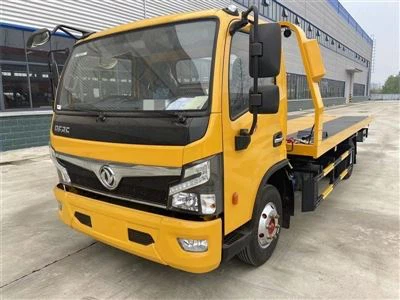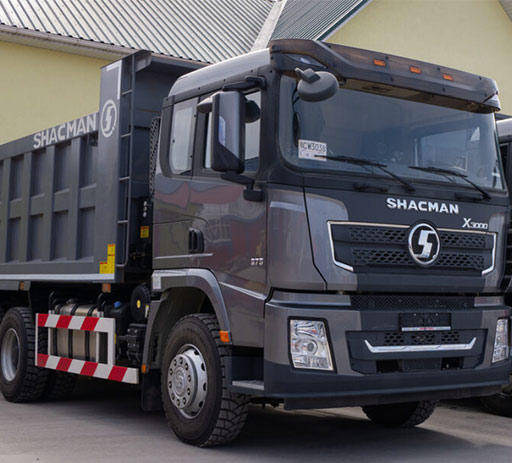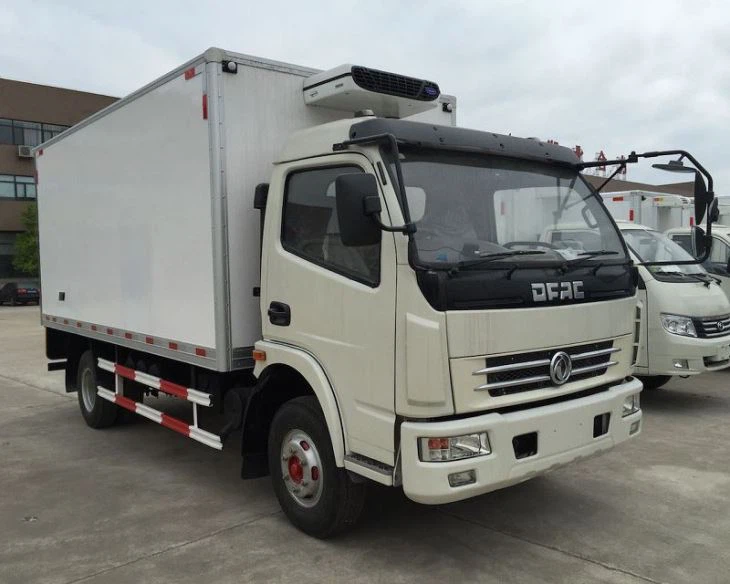Everything You Need to Know About Insulated Bucket Trucks

Insulated bucket trucks are essential vehicles for professionals working in electrical, telecommunications, and utility services. These specialized vehicles provide safety and efficiency when working at heights. In this article, we will explore what insulated bucket trucks are, their components, uses, benefits, and maintenance tips.
What is an Insulated Bucket Truck?
An insulated bucket truck, often referred to as a boom truck, is a vehicle equipped with an aerial lift that allows workers to access high locations safely. These trucks feature insulating properties that protect the operator from electrical hazards, making them ideal for jobs involving live wires.
Key Features of Insulated Bucket Trucks
| Feature | Description |
|---|---|
| Insulation | Specially designed materials to prevent electrical conductivity. |
| Aerial Lift | A boom that extends vertically to reach high places. |
| Weight Capacity | Varies by model; typically 300 to 1,000 pounds. |
| Stabilization | Outriggers or stabilizers for enhancing stability during operation. |
| Control Systems | Electro-hydraulic controls for easy maneuverability. |
How Do Insulated Bucket Trucks Work?
Insulated bucket trucks operate using hydraulic systems to raise and lower the bucket. The operator can control both the boom’s height and horizontal reach, allowing for precise placement in various work environments. These trucks are powered by the vehicle’s engine, which drives the hydraulic pump.

Operation Steps
- Position the truck near the work area.
- Deploy outriggers for stability.
- Climb into the bucket and wear safety equipment.
- Use the control panel to raise the bucket to the desired height.
- Conduct the required work while remaining secure in the bucket.
Common Applications of Insulated Bucket Trucks
Insulated bucket trucks find applications in various industries. Here are some notable ones:
1. Utility Work
Utility companies use insulated bucket trucks for maintenance and repairs on power lines. They allow workers to access overhead lines safely while significantly reducing the risk of electrical shock.
2. Telecommunications
Telecommunication providers use these trucks to install and maintain telephone and fiber optic lines. The extendable height allows technicians to handle overhead cables safely.
3. Tree Trimming
Landscaping companies often utilize insulated bucket trucks to trim large trees around power lines, preventing potential hazards from falling branches.
4. Signage Installation
Companies use these vehicles for installing and maintaining outdoor signage, especially when the signs are located at significant heights.
5. Building Maintenance
High-rise buildings require special maintenance that often necessitates the use of insulated bucket trucks, especially for window cleaning and facade repairs.
Benefits of Using Insulated Bucket Trucks
Choosing an insulated bucket truck over other lifting equipment comes with several advantages:
1. Enhanced Safety
The insulation protects workers from electrical hazards, making these trucks the safest choice for jobs near power lines.
2. Versatility

Insulated bucket trucks can perform various tasks across multiple industries, enhancing their value for companies.
3. Increased Efficiency
These trucks allow workers to perform tasks at heights quickly and safely, reducing the time required for jobs.
4. Operator Comfort
With user-friendly control panels and ergonomic design, operators can work comfortably without fatigue.
5. Cost-Effective
Investing in an insulated bucket truck can save costs in the long run by minimizing accidents and increasing project efficiency.
Choosing the Right Insulated Bucket Truck
Selecting the right insulated bucket truck for your needs requires careful consideration of various factors. Here are some tips:
1. Assess Your Work Environment
Identify the height and reach required for your specific tasks to determine the necessary bucket truck specifications.
2. Consider Weight Capacity
Make sure the truck can support both the operator and the equipment necessary for the job.
3. Evaluate Insulation Ratings
Different trucks may have various insulation ratings. Ensure that the truck meets the safety standards needed for your applications.
4. Look for Stability Features
Evaluate the truck’s stability features, such as outriggers or stabilization systems, that enhance safety during operation.
5. Check Warranty and Support
Choose a manufacturer that offers good warranty coverage and customer support for maintenance or issues.
Maintenance Tips for Insulated Bucket Trucks
1. Routine Inspections
Perform daily inspections before use, focusing on the hydraulic system, bucket, and electrical components.

2. Clean and Lubricate
Keep moving parts well-lubricated and clean to prevent corrosion and wear.
3. Test Safety Features
Regularly test safety features like emergency controls and stabilizers to ensure proper functioning.
4. Follow Manufacturer Guidelines
Adhere to the manufacturer’s recommendations for service intervals and maintenance procedures.
5. Train Operators
Ensure that all operators are properly trained on the vehicle’s functions and safety protocols.
Legal Considerations and Certifications
Operating insulated bucket trucks often involves adhering to specific legal requirements and certifications. Here are some considerations:
1. OSHA Compliance
Ensure your operations comply with the Occupational Safety and Health Administration (OSHA) guidelines for aerial lifts.
2. Licensing and Training
Operators may require special licenses or certifications depending on your local regulations. Verify requirements specific to your area.
3. Insurance Coverage
Check that your insurance policy covers the use of bucket trucks to protect against potential liabilities.
4. Maintenance Records
Keep detailed maintenance records to demonstrate compliance with safety standards and regulations.
Frequently Asked Questions (FAQ)
1. What is the cost of an insulated bucket truck?
The cost varies widely but generally falls between $20,000 to $200,000, depending on model features and specifications.
2. How high can insulated bucket trucks reach?
Typical reach varies from 30 feet to upwards of 70 feet, depending on the specific model.
3. What are the maintenance costs associated with insulated bucket trucks?
Maintenance costs can range from $500 to $2,500 annually, depending on usage and required services.
4. Can I rent an insulated bucket truck?
Yes, many equipment rental companies offer insulated bucket trucks for short-term projects.
5. Is training required for operating an insulated bucket truck?
Yes, operators should have proper training and certifications to ensure safety and compliance with regulations.
6. What industries primarily use insulated bucket trucks?
Industries such as utilities, telecommunications, landscaping, and building maintenance commonly use insulated bucket trucks.
